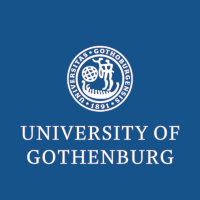A computational model of the discovery of writing
- Event: Seminar
- Lecturer: Richard Sproat
- Date: 14 May 2018
- Duration: 2 hours
- Venue: Gothenburg
- Slides: ./1689826_gothenburg1.pdf
This paper reports on a computational simulation of the evolution of early writing systems from pre-linguistic symbol systems, something for which there is poor evidence in the archaeological record. The simulation starts with a completely concept-based set of symbols, and then spreads those symbols and combinations of these to morphemes of artificially generated languages based on semantic and phonetic similarity.
While the simulation is crude, it is able to account for the observation that the development of writing systems ex nihilo seems to be facilitated in languages that have largely monosyllabic morphemes, or that have abundant ablauting processes. We are also able to model what appears to be two possible lines of development in early writing whereby symbols are associated to the sounds of all morphemes linked to a concept (as seems to have been the case in Sumerian), versus just one morpheme linked to a concept (as seems to have been the case in Chinese). Finally, the model is able to offer an account of the apparent rapid development of writing in Mesopotamia that obviates the need to posit a conscious invention of writing, as proposed by Jean-Jacques Glassner. The proposed model thus opens a new approach to thinking about the emergence of writing and its properties, something that, as noted above, has scant direct archaeological evidence.
The software is released open-source on GitHub.
